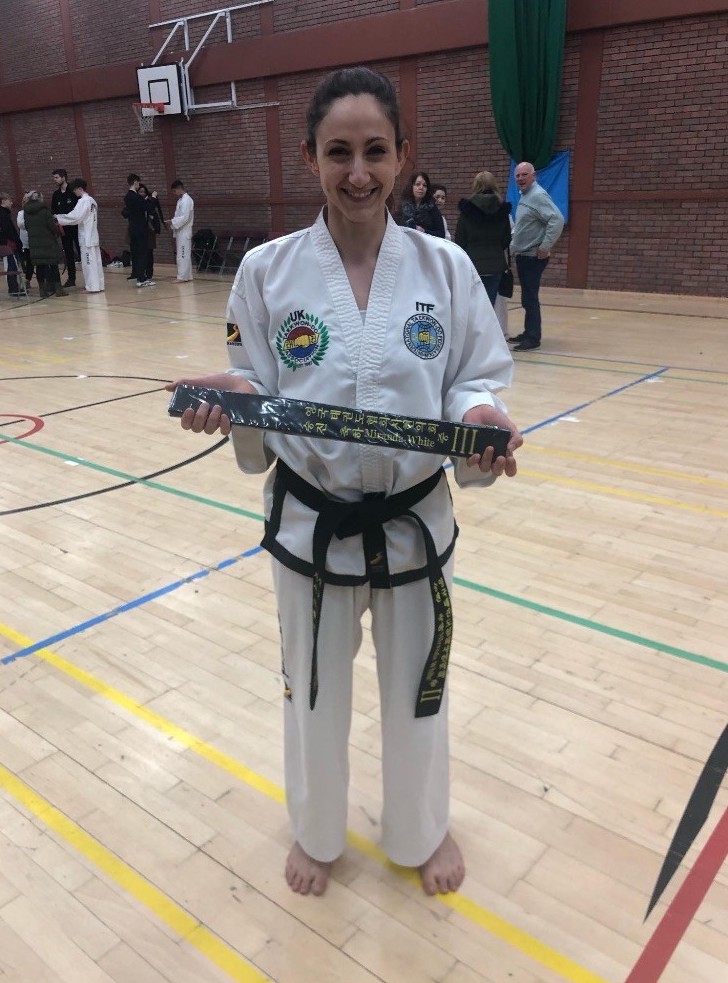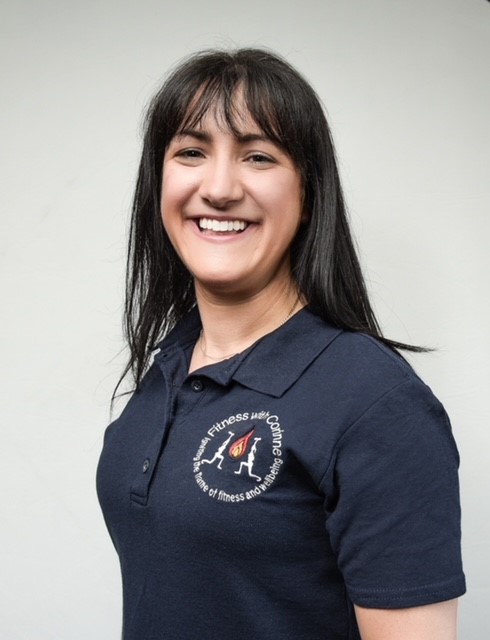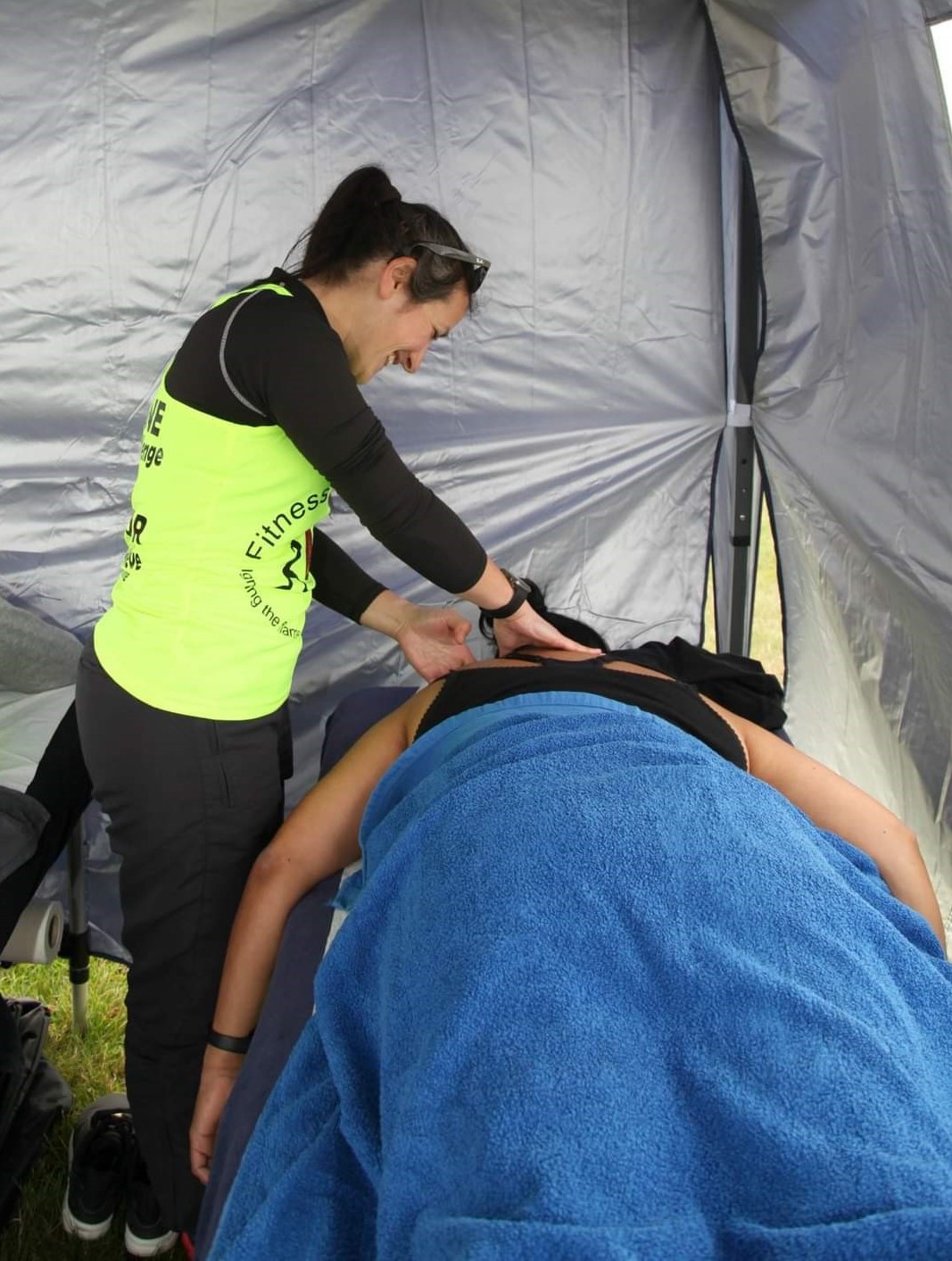DOs doing something different

Miranda White
This month we discover the life-changing effect that sports and fitness has had on dispensing opticians (DOs), Miranda White and Corrine Zeiderman.
Art of confidence-building
Miranda White is from Glasgow and works in i2i Optometrists. She started her martial arts training when she went to Glasgow Caledonian University in 2010 to study ophthalmic dispensing.
“I wanted to join a martial arts club,” she says. “I’d never heard of Taekwon-Do before, so I decided to join the club. I now have a third degree black belt in Taekwon-Do and have competed internationally for Scotland.”
Taekwon-Do has changed Miranda’s life.
She explains: “It’s where I met my husband, who’s now a fourth degree black belt. I’m also training towards my fourth degree black belt, and will be taking my grading very soon. I love the community, and now have a Taekwon-Do family with members all over the world.”
Reflecting on the benefits, Miranda says: “Taekwon-Do has made me a lot more confident and disciplined, and this helps greatly with my role of being a DO. Staying fit and active helps when you’re on your feet a lot of the day too.”
A very personal journey

Corrine Zeiderman
Corinne Zeiderman had just left a stressful job and was looking for a new hobby when she decided to take up my lifelong ambition of ice skating. “I lost weight and became fitter and felt better in myself,” she says. “I also started to go to a dance fitness class, and absolutely loved it. I decided that I would love to be part of the fitness world; it was another way of helping people, was fun, interactive and very different to what I had done in the past.”
Corinne had suffered an injury many years before that, for some reason, had never healed. She explains: “The more exercise I did, the more I was experiencing pain. Many people and professionals tried – and failed – to get to the bottom of the pains.” Despite this, Corinne decided to embark on the journey to become a personal trainer.

Corrine with a client
“It was fun, fast paced, interesting and I loved it. I became an exercise-to-music instructor, for older people, children instructor, pregnant ladies and those with medical conditions. I wanted to do more, but I was still in lots of pain and it was getting worse.”
One of Corrine’s tutors suggested that massage therapy might help. “To my amazement, it was incredible. I had some pain relief, even though it was temporary. I was so impressed with what massage therapy had done for me that I then trained to be a sports massage therapist, advanced sports massage therapist, and then branched into training to provide medical acupuncture, taping, strapping, cupping and far more.”
Eventually Corinne saw a specialist and was diagnosed with a rare medical condition – Ehlers Danlos Syndrome (EDS). “EDS is a genetic connective tissue disorders that can affect any – and all – of the connective tissues from the skin, through to the eyes and the heart and blood vessels.”
The diagnosis was a big blow to Corinne. She says: “There is no cure and no treatment, you just have to manage it. Pain relief doesn’t work, so exercise and massage therapy are pretty much the only ’treatment’ for this condition.
“There are 13 types of EDS currently known. With most types, you are always in pain, generalised and localised. You could spontaneously dislocate any joints or bones, you bruise easily, are more prone to retinal detachments, brain fog, gastrointestinal issues, dental issues, gynae issues, can be very clumsy and have poor proprioception. If you injure yourself, there is a high possibility that you will take a very long time to heal, if at all. There is also a sub-type of EDS known as brittle cornea syndrome.”
Armed with this information, Corrine was determined to help herself. “At best, the hospital might give some physio/orthotics and a trip to the occupational therapy department, but these interventions, if you are lucky enough to receive them, are only short-term and then you are left to ‘manage’ by yourself. I had a lot of knowledge through all my previous training, so I was able to adapt these for my needs.
“I worked on myself for a long while and started to make progress, and I continue with this every day. People with EDS must work out to strengthen their muscles and joints, otherwise there is a much greater risk of dislocation and subluxation. The connective tissue is too weak to support the joints, therefore the muscles have to take over their role, hence keeping the muscles strong and the joints as stable as possible.”
Corinne now runs Fitness with Corinne. She says: “I work with clients from all walks of life both with personal training and soft tissue therapy, and also have a good EDS client base. Each client is unique and all treatments are tailored to their needs. I am continuing my education and training both in the world of optics and within fitness and wellbeing. I have a huge passion for both, and feel that all knowledge is good knowledge.
“I am part of an international medical professionals EDS group that has some of the world’s most renowned doctors/medical/allied health care professionals meeting monthly to discuss developments, interesting cases and advancements. My training and work within optics and the fitness and well-being industry have actually taught me how to help myself, others and how to live with my medical condition and its comorbidities.”
Corinne finishes: “I love helping others. It makes me so happy to see clients building their confidence and self-esteem, getting fitter and stronger, seeing them a little more pain free than when we started, and seeing them achieve their goals. I quite often have discussions with my clients about their optical issues and spectacles in the middle of doing a squat!”